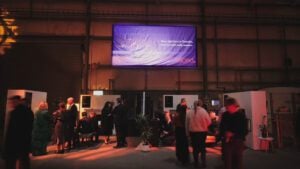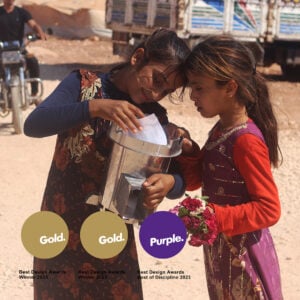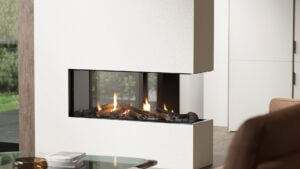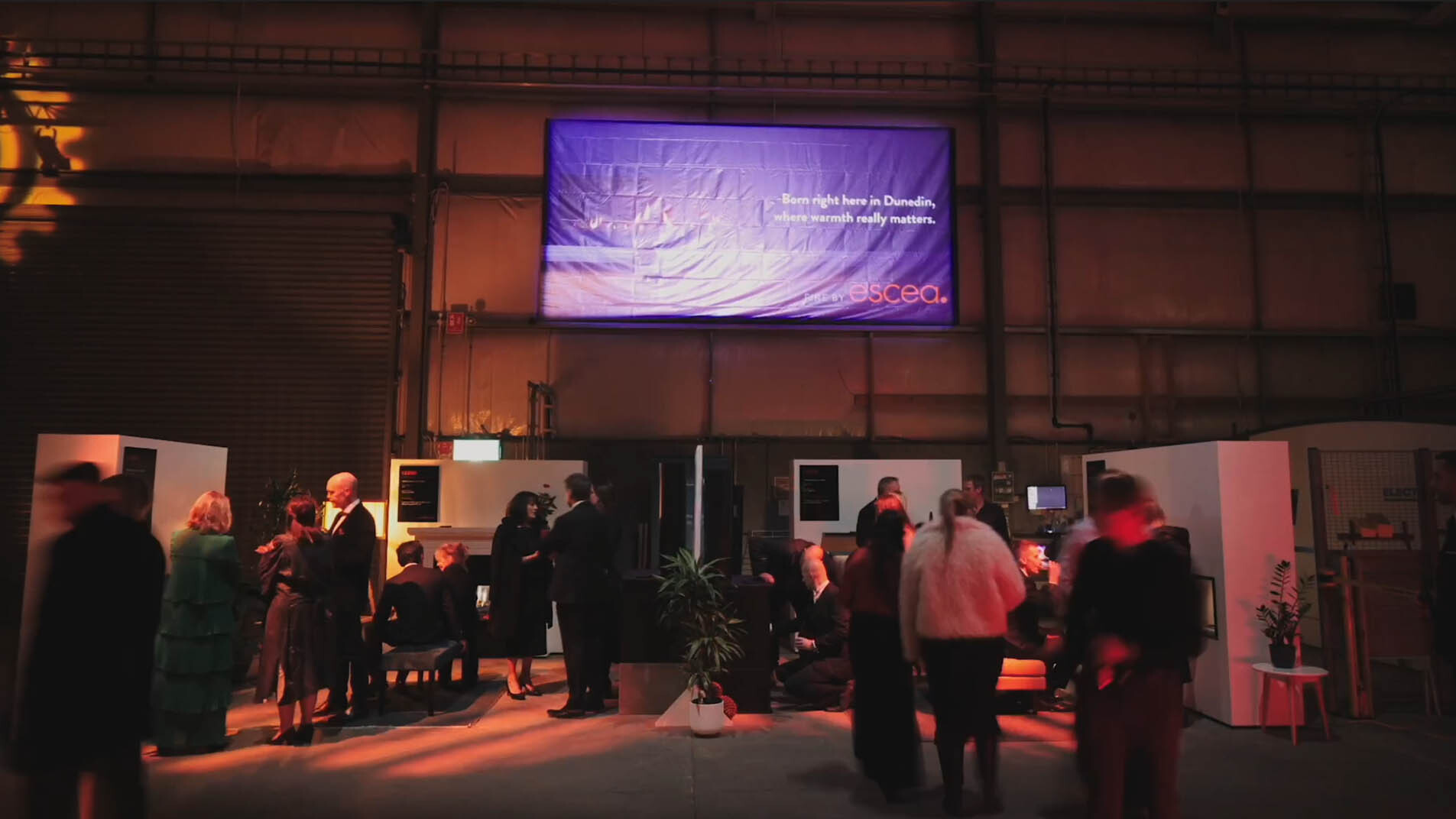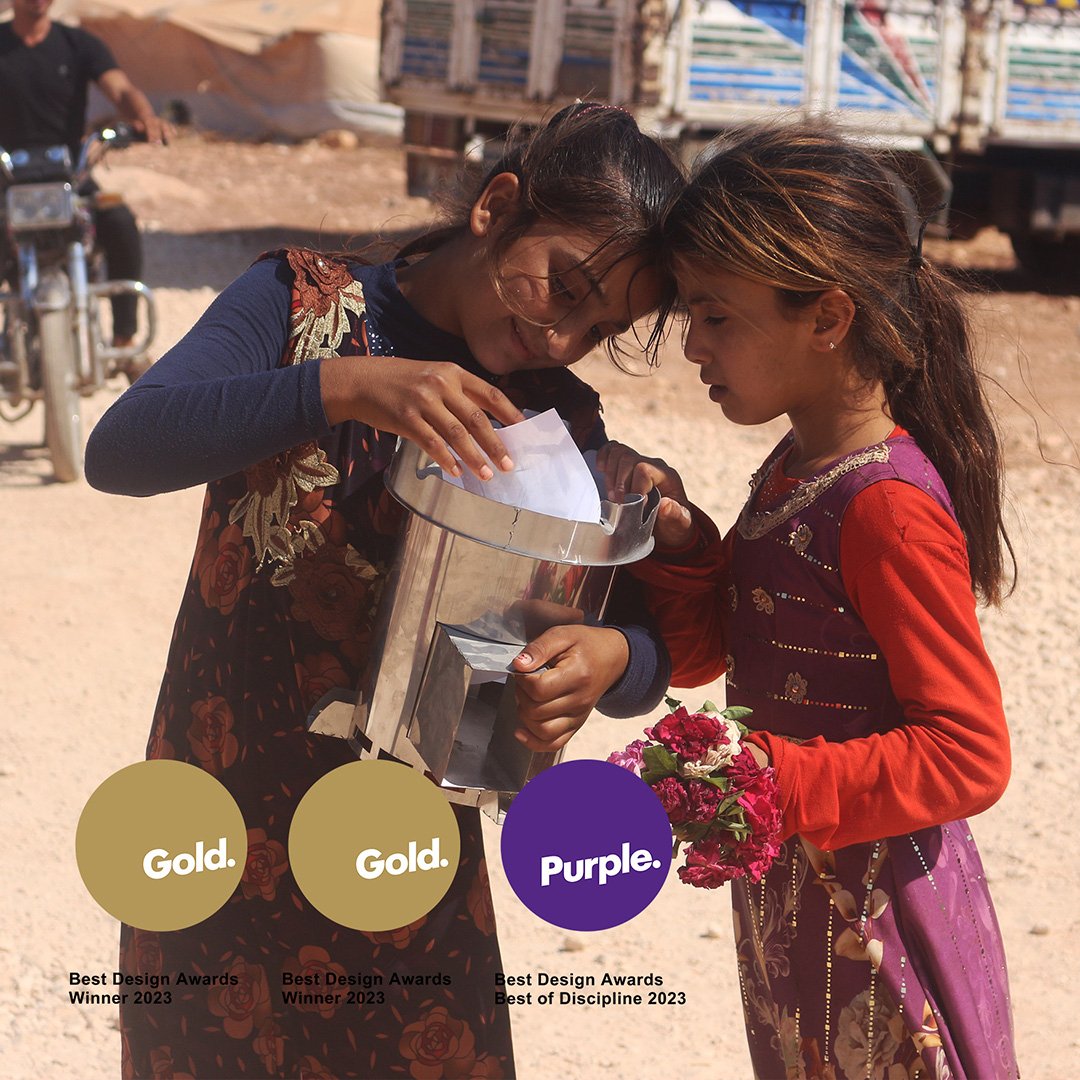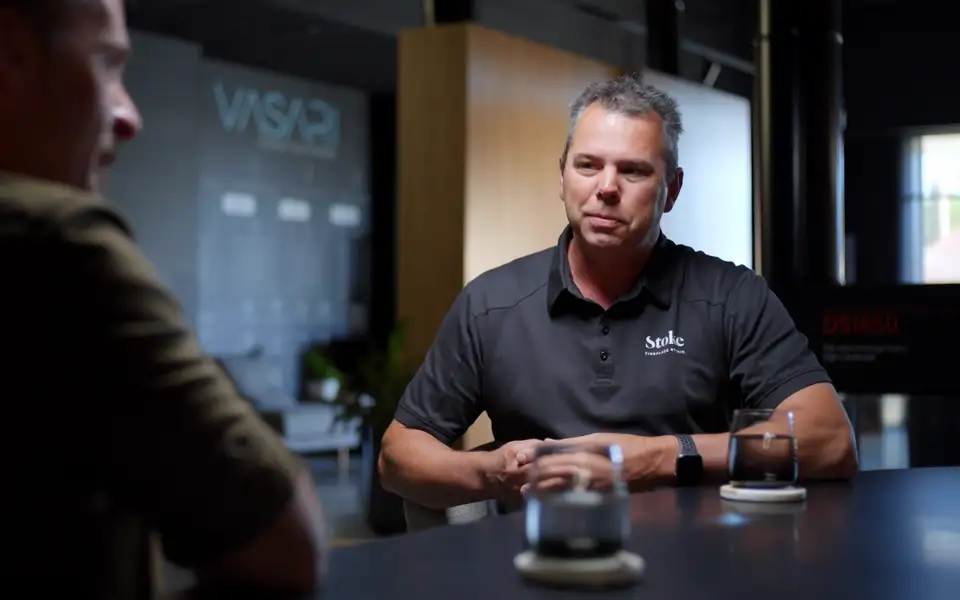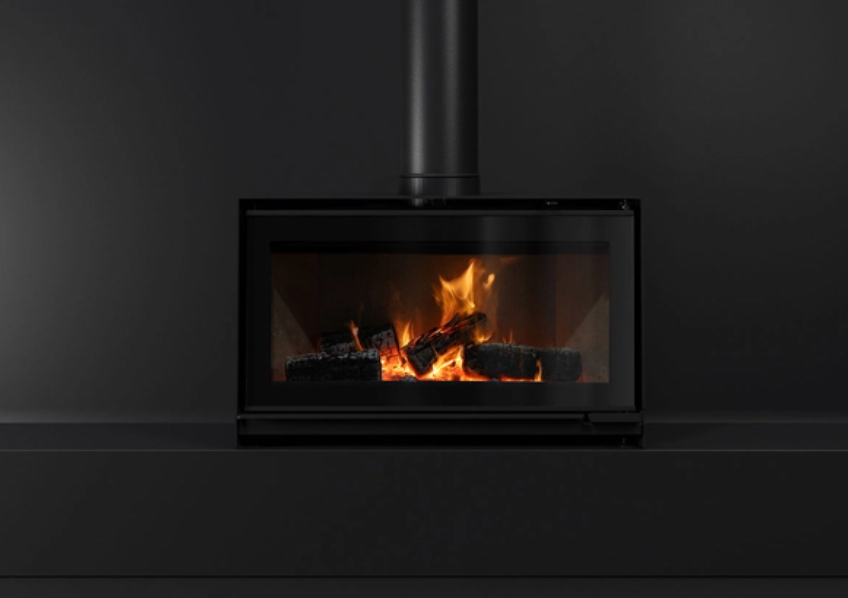In early 2021, Umm Asmaa and her family were amongst the first recipients of Escea’s Fire for Life stoves – a not for profit initiative aimed at addressing the problem of open fire cooking in developing countries around the world.
ReliefAid spoke with Umm, who lives in a Syrian displacement camp with her three daughters, one who suffers from asthma, and her husband. Before arriving at the camp, she describes their life as ‘wonderful and happy’.
They lived on land where they grew olive trees which was their stable source of income. But they were forced to leave their home due to the bombings. “We could no longer stay at all – even my husband was injured due the explosions,” she says.
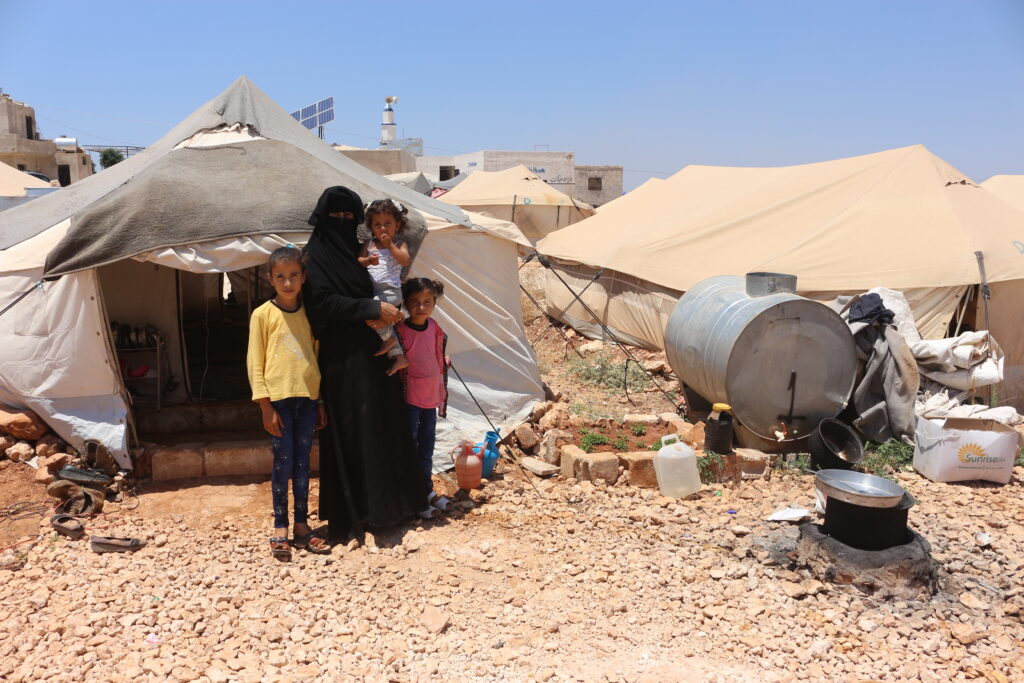
They have been in the camp for nearly two years and have done their best to adjust to their new life. When it comes to cooking for her family though, Umm explains how challenging it can be. “We light a fire outside and collect olive sticks and cartons to light the fire… but we do not have firewood or a good stove for preparing food.” When it comes to safety, Umm continues “I am always afraid and put water next to me until I finish cooking, because I am afraid that the tent will burn, and this is difficult.”
Umm and her family received a Fire for Life Stove and explains how cooking and preparing meals for her family has changed.
“This stove is easier than the stove we used to use, and lighting the fire is also easier than before. Cooking in the new way is also better because the fire is good. As for the old method, we were afraid of igniting the tent. But now the fire remains inside the stove and we can cook safely.”
While being placed in a temporary home – for some, so far from what they have been use to – the Fire for Life stove has given them one less thing to worry about.
It’s given them back a way to cook safely, and efficiently without using as much fuel – what money or time they are saving on wood, can now be spent on bread or other essentials.
The portability of the stove has given them more freedom than before. The light-weight design has not only helped get the stoves to the families in the first place, but they can also be lifted and moved around the camps with ease – depending on where the sun might be, or where the wind is blowing. And unlike a clay or stone fire, the Fire for Life stove doesn’t need to be re-designed and re-built every time they move, nor do they need to spend time foraging for new stones or materials to build the fires. Fire for Life is a simple solution to something that was another problem for those joining a displacement camp.
The simple design of the fire has also given them a better cooking experience too – it’s easy to build, light and heats faster, meaning less time is spent trying to get the fire going and food is ready sooner. Plus, some peace of mind has been restored for the families – the Fire for Life stove is a significantly safer way for them to cook than a smokey open cooking fire; there is less smoke being produced to inhale, and there’s less risk of nearby materials catching alight. For families like Umm’s, she can find some relief that her daughter suffering from asthma will be exposed to less smoke than their old cooking methods.
For families in these camps coming to terms with this new way of living, the Fire for Life Stove has made life just that little bit better.
We’re continuing to work with ReliefAid to get more stoves to where they’re needed most – and you can help too. Visit givefireforlife.org

